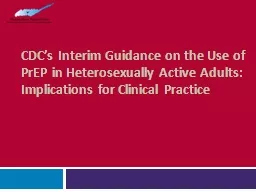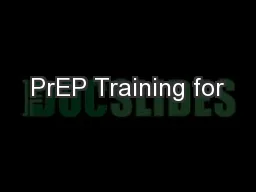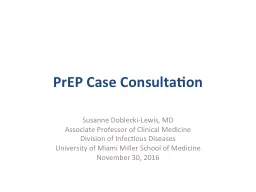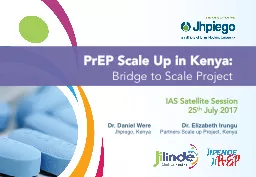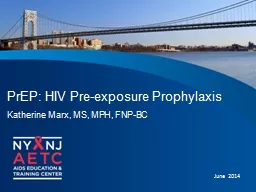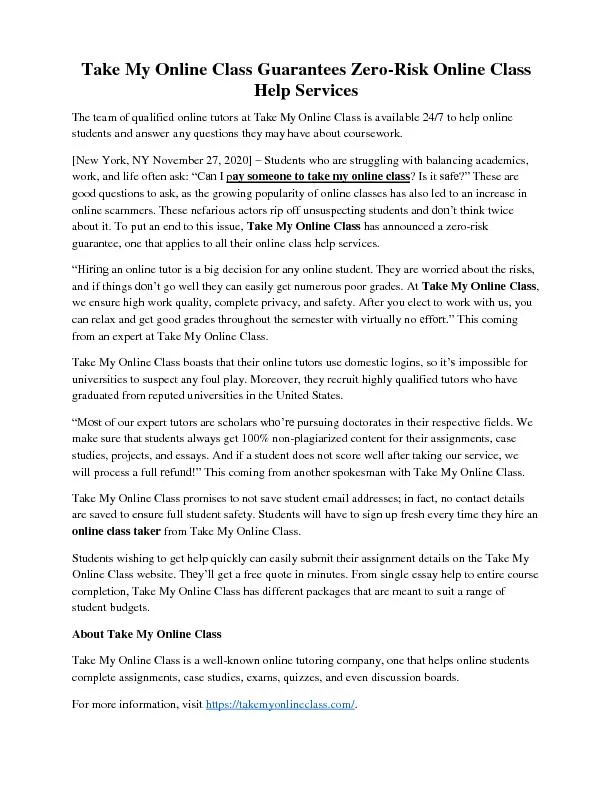PPT-Should I Take PrEP?
Author : sherrill-nordquist | Published Date : 2019-11-22
Should I Take PrEP A Mental Models Assessment of Young African Womens Motivations for and Barriers to PrEP Initiation and Adherence Nichole Argo PhD Carnegie Mellon
Presentation Embed Code
Download Presentation
Download Presentation The PPT/PDF document "Should I Take PrEP?" is the property of its rightful owner. Permission is granted to download and print the materials on this website for personal, non-commercial use only, and to display it on your personal computer provided you do not modify the materials and that you retain all copyright notices contained in the materials. By downloading content from our website, you accept the terms of this agreement.
Should I Take PrEP?: Transcript
Download Rules Of Document
"Should I Take PrEP?"The content belongs to its owner. You may download and print it for personal use, without modification, and keep all copyright notices. By downloading, you agree to these terms.
Related Documents


